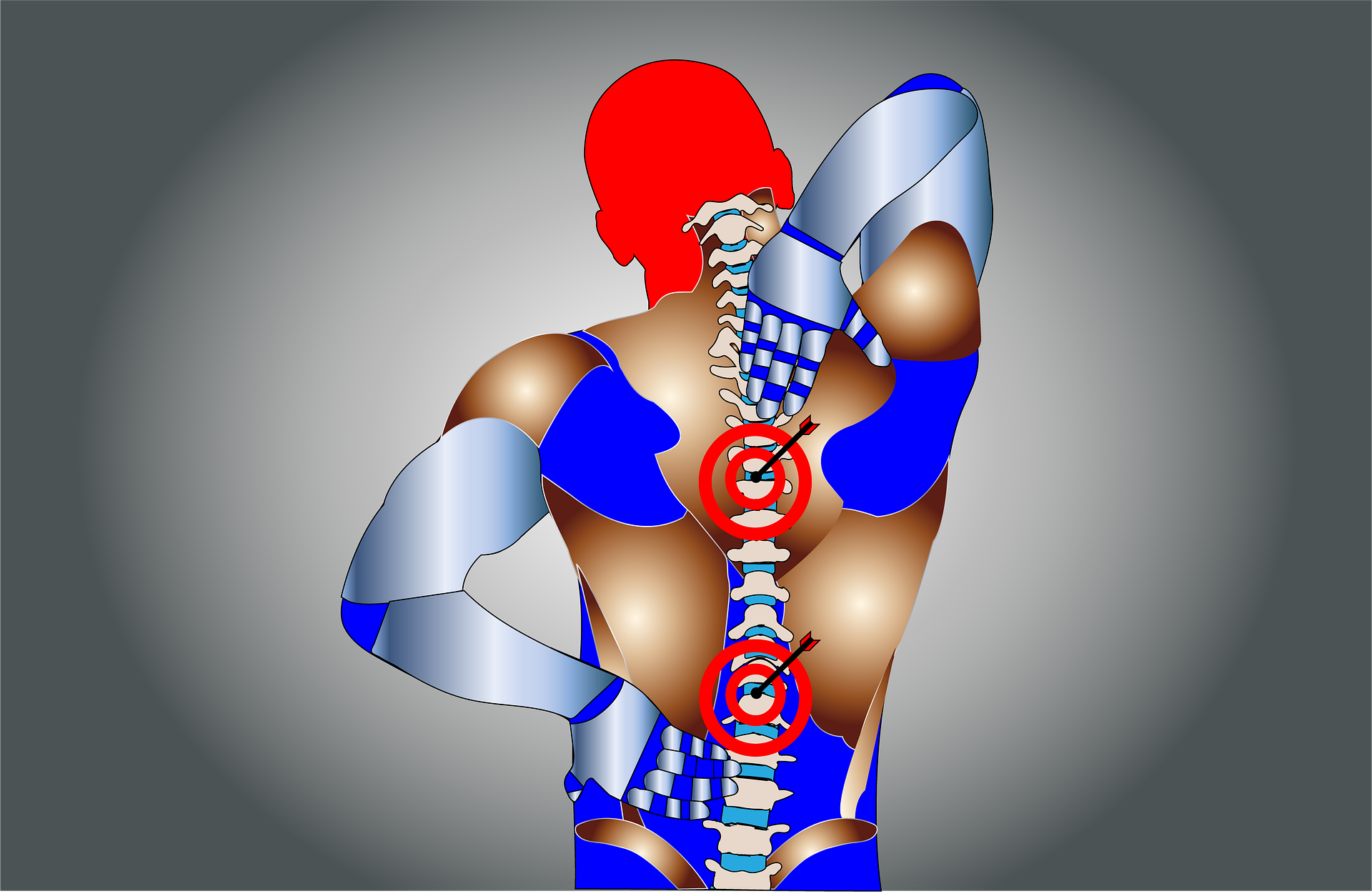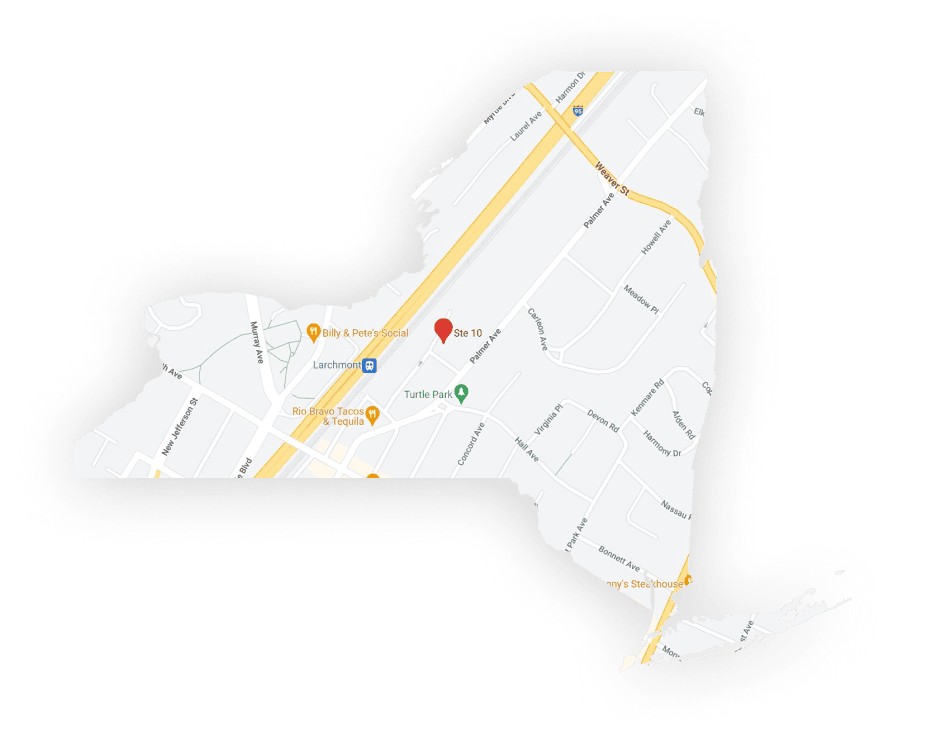
There are many different types of potential injuries that a victim of a workplace accident could sustain. One of the most severe types of injuries is a neck, back, or spinal injury resulting in a spinal fusion. These types of injuries always result in a permanent restriction or limitation, including for range of motion, lifting, carrying, pushing, pulling, and other movements. Individuals who need a spinal fusion after a workplace accident in New York City may be entitled to certain types of benefits to help them now and in the future. If you or a loved one suffered a spinal fusion after a workplace accident, call our experienced workers’ compensation lawyer in NYC for a FREE consultation to learn more about your rights.
Here at O’Connor Law, we know how devastating a neck, back, or spinal cord injury can be when it leads to a spinal fusion. This type of surgery is very invasive and permanently removes part of bone, disc, and other tissue while permanently installing painful hardware like rods, pins, screws, and plates. If you suffered a workplace accident or any other injury while at work or due to work, you may be entitled to workers’ compensation benefits for your spinal fusion. These can be difficult cases to get the true value of your claim without the help of an experienced workers’ compensation lawyer in NYC like ours. Call us today to schedule a FREE consultation to learn more about your rights by dialing (914) 595-4502.
When there is structural damage to the spinal column, a spinal fusion is often needed to stabilize the spine to prevent further damage to the spinal cord and nerves branching out from it (the peripheral nervous system). Damage can allow parts of the spinal column to slide or shift into the spinal cord or into nerves, causing extreme pain, disability, pins and needles, the inability to move, weakness, and other debilitating symptoms. The type of injury and treatment such as a spinal cord greatly depend on the location and extent of the injury.
Understanding the anatomy of the spine is critical to know how a spinal fusion can solve these problems.
The spinal column is made up of a stack of vertebrae, strong and hardened bone that is separated by flexible cushions known as discs. These discs prevent the vertebrae from rubbing bone-on-bone and causing damage as the spinal column extends or flexes.
In the center of the hard vertebrae is the spinal cord, a very soft and almost amorphous, jelly-like structure that sends messages between the rest of the body and the brain—earning it the nickname the “messenger superhighway” of the body. Originating out of the spinal cord are various branches of nerves that extend outwards to the rest of your body. These nerves are the peripheral nervous system and govern movement, sensation, strength, and other important functions.
When there is damage to the spinal column, either by a compression fracture to a vertebra, a slipped disc, or another type of injury to the spinal column, it can result in damage or pressure on the spinal cord (inside the vertebrae) or to the nerves originating from it (outside the vertebrae). A spinal fusion is used to help stabilize those structures and to keep them from affecting or damaging the spinal cord or nerves.
A spinal fusion removes part of the vertebrae to make space for screws and rods that will keep the vertebrae from flexing or moving—potentially into the spinal cord or nerves. As part of the surgery, a spinal fusion also removes part of the bone and the disc above and below the injury site (meaning that a minimum of two vertebrae are always involved in a spinal fusion).
Screws are placed on the left and right side of each vertebrae, and a rod is threaded into the center of the screws. A spacer, either cement or bone graft, replaces the disc. The screws are then tightened to “lock” the rod in place, preventing the vertebrae from moving or flexing.
A spinal fusion could occur anytime there is a significant trauma to the neck (cervical fusion) or back (lumbar fusion). The most common causes of spine injuries resulting in a spinal fusion after a workplace accident in New York City include the following:
A worker who suffers a spinal fusion as a result of a workplace accident may be entitled to up to two-thirds (2/3s) of lost wages, medical bills, and other benefits for being permanently disabled by a workplace accident or due to a workplace injury. Spinal fusions are irreversible and will never heal themselves back to normal because there is a permanent removal of bone, disc, and insertion of hardware. This means that workers need to fight for every amount of compensation that they may be entitled to.
Call the O’Connor Law to learn more about how our experienced workers’ compensation lawyer in NYC can help you recover the maximum amount of workers’ comp benefits that you may be entitled to during a FREE consultation. To schedule your appointment, call (914) 595-4502 or by sending us a private message through our “Contact Us” box available here.

